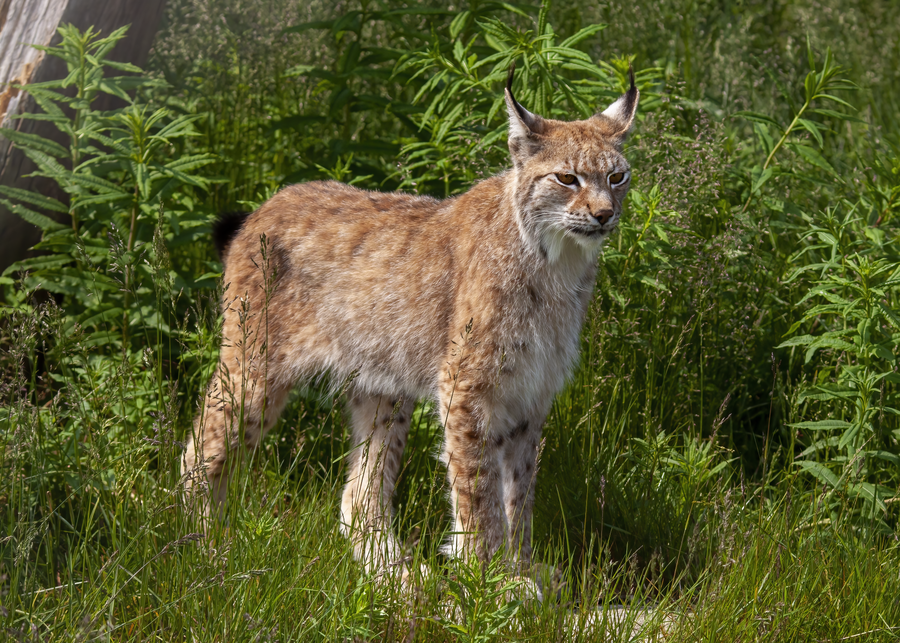Facts About Eurasian lynx
The Eurasian lynx is a captivating wild cat that inhabits the forests of Northern, Central, and Eastern Europe, as well as Central Asia, Siberia, the Tibetan Plateau, and the Himalayas. This medium-sized feline thrives in temperate and boreal forests and is found at elevations reaching up to 5,500 meters.
Although the Eurasian lynx has been designated as "Least Concern" on the IUCN Red List since 2008, it still faces considerable threats such as habitat loss, poaching, and a diminishing food supply.
Numerous subspecies of the Eurasian lynx have been proposed, each native to different regions. The lynx is easily identifiable by its reddish-brown fur decorated with black spots and its white underbelly. It is the largest of the four lynx species, with Siberian males weighing up to 45 kilograms.
The Eurasian lynx leads a predominantly solitary life, being most active during nocturnal and crepuscular hours. Its diet consists of various mammals and birds, showcasing its prowess as a hunter capable of capturing prey larger than itself. However, it must remain vigilant against predators such as grey wolves and wolverines. In extreme circumstances, it may even resort to cannibalism.
The mating season for the Eurasian lynx spans from January to April, and females typically give birth to two kittens. The species benefits from various conservation agreements, and hunting lynx is illegal in many countries within its range. Conservationists are dedicated to monitoring and managing lynx populations to ensure their continued survival.

 Albania
Albania